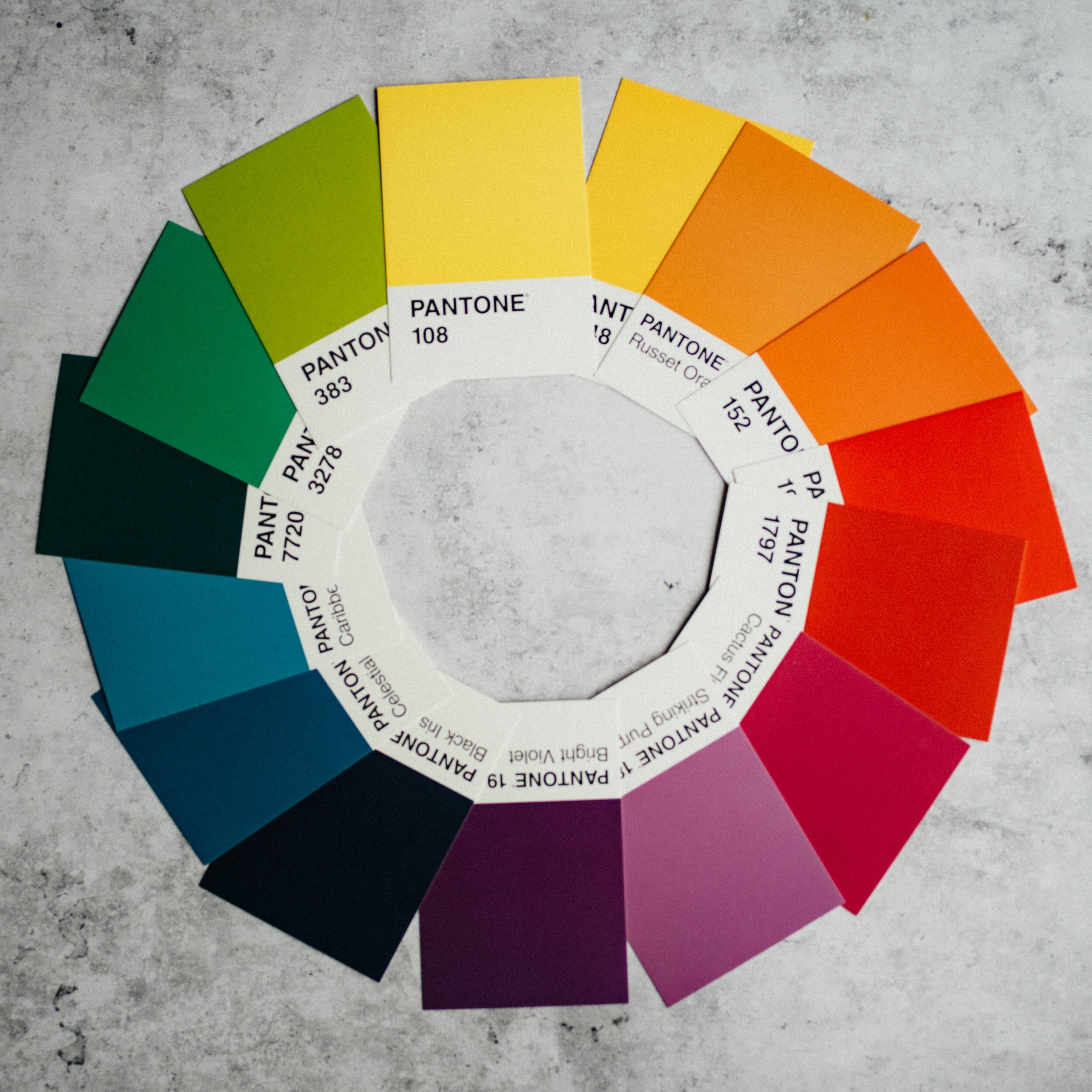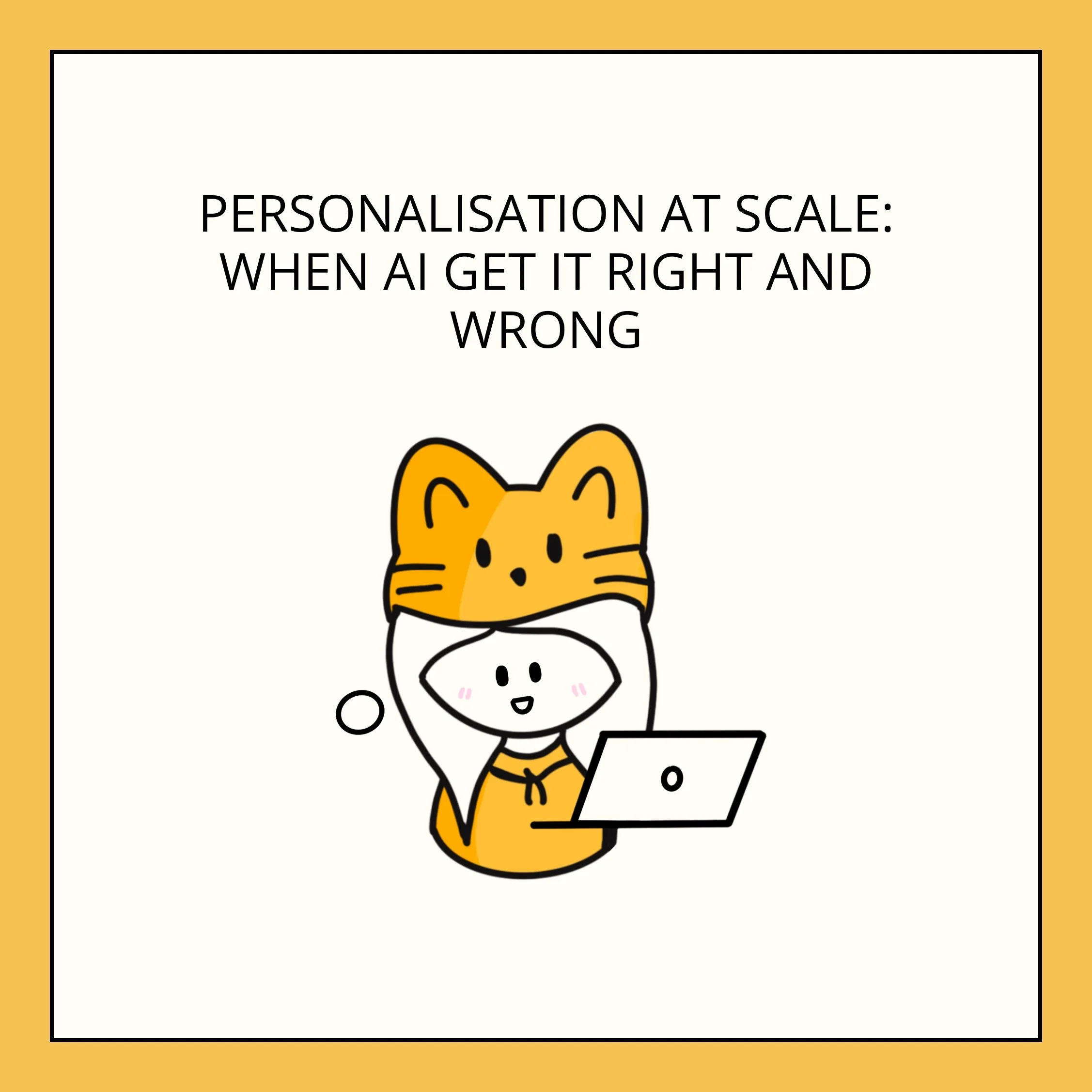Colour Wheel - Colour Theory and Colour Schemes
Source: @anniespratt
In the previous post, you learnt more about the importance of colours in marketing and the meaning behind some colours. You may be wondering how do you choose the colours for your brand. Before we zoom into selecting the colours for your brand, let's learn more about colours.
Content
1. Colour Wheel
A colour wheel is an illustrative model of colour hues around a circle. It shows the relationships between the primary, secondary, and tertiary colours. You can use the colour wheel to develop colour schemes.
Primary Colours
You cannot create primary colours by combining colours together. There are three primary colours: Red, Yellow and Blue.
Secondary Colours
You can create secondary colours by combining any two of the primary colours. There are three secondary colours: Orange, Purple and Green.
Red + Yellow = Orange Blue + Red = Purple Yellow + Blue = Green
Tertiary Colours
You can create tertiary colour by mixing a primary colour with a secondary colour. However, not every primary colour can match with a second colour to create a tertiary colour. For example, Blue + Orange = Brown. Instead, tertiary colours are created when a primary colour mixes with a secondary colour that comes next to it on the colour wheel.
Red + Purple = Magenta Red + Orange = Vermillion Blue + Purple = Violet Blue + Green = Teal Yellow + Orange = Amber Yellow + Green = Chartreuse
2. What is Hue, Tint, Tone and Shade?
Hue is generally the "colour" we can see. They are "pure" colours. All of the primary and secondary colours are "hues."
Tint is the opposite of a shade. Tint is the lighter version of the hue.
Tint = Hue + White
Tones are created when grey is added to a colour.
Tone = Hue + Grey
Shade is the dark version of the same hue.
Shade = Hue + Black
3. Colour Schemes
A Colour scheme is a grouping of complementary colours. It's about grouping colours that highlight and amplify each other. Have you heard of the best fit line? Colour schemes are best-fit colours. These colour schemes provide the convenience for you to create your colour palettes.
There are 7 colour schemes.
Monochromatic Colour Scheme
The monochromatic colour scheme uses one colour, with variations in tints, shades and tone. Although it lacks colour contrast, the overall look and feel give off a professional vibe. The monochromatic colour scheme goes well with neutral colour too.
Analogous Colour Scheme
Analogous colour schemes are formed by pairing one colour with the two colours directly next to it on the colour wheel. This colour scheme is often associated with the colours of nature. Think Autumn or the sea.
Complementary Colour Scheme
The complementary colour scheme is based on two colours directly across from each other on the colour wheel. It provides a great contrast. Hence, it's best to use one of the complementary colours as the primary colour for the brand.
Split Complementary Colour Scheme
A split complementary scheme is a variation of the complementary scheme. Instead of mapping directly across with another colour on the colour wheel, it maps with the two colours directly adjacent to the second dominant colour.
Triadic Colour Scheme
A triadic colour scheme consists of three colours that are equally placed in lines around the colour wheel. Similar to the complementary colour scheme, it provides contrast too.
SquareColour Scheme
Like the title suggests, a square is drawn, connecting four colours equidistant from each other on the colour wheel.
Tetradic Colour scheme
The tetradic colour scheme consists of 2 sets of complementary colour schemes. The results of this colour scheme are vibrant and contrasted while having some harmonies.
Regardless of which colour scheme you choose, remember to choose one, at most two, of the colours as your primary colours. The colour should fulfil your needs too. Is it for a logo design, website design or product design? Even if you have built a colour scheme with five colours, you do not need to use all the colours.
I hope this article has helped you to learn more about colours.
x, Esther
Share this post!
I welcome suggestions and collaboration. Feel free to drop me a note at hello.estherp@gmail.com.














